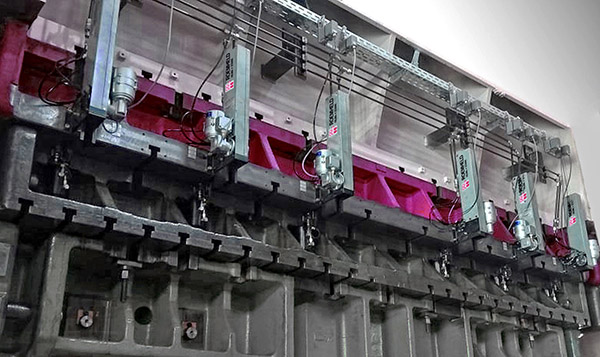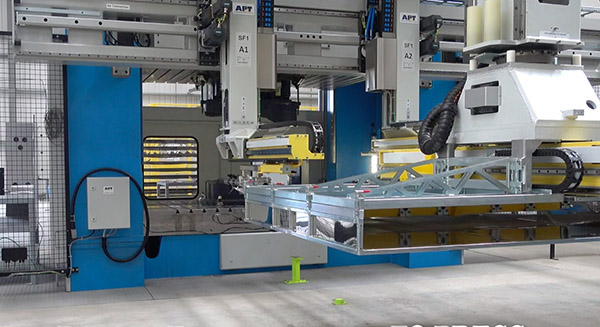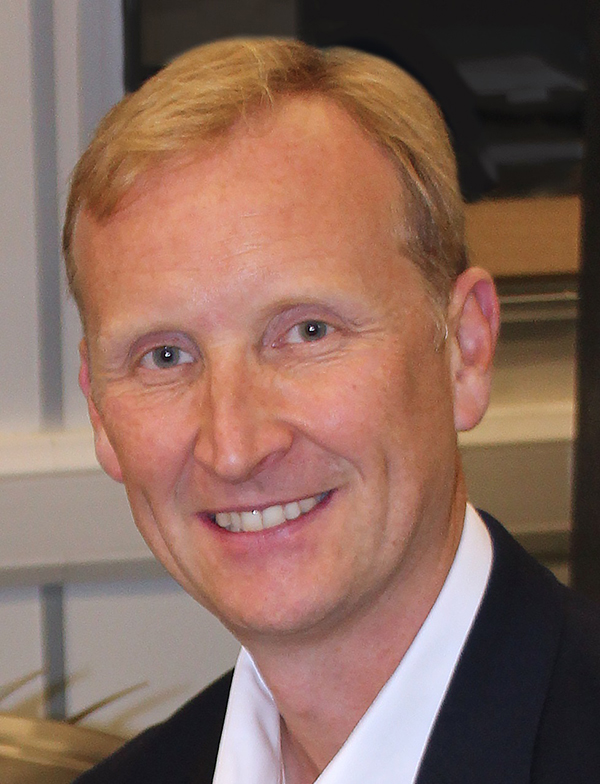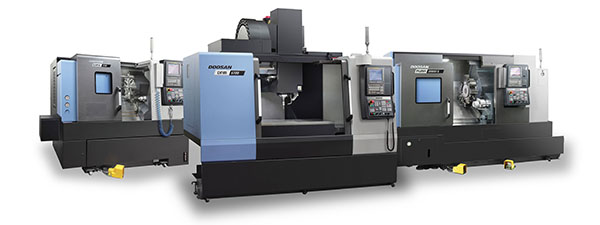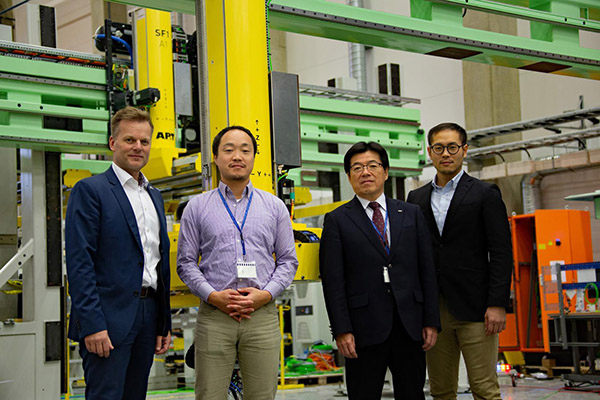Used for automatically clamping dies on a press ram, Roemheld can now offer a system that uses integrated sensors to measure real-time data on holding forces and transmit the information to the machine control. The newly developed Flexline rapid clamping system is therefore suitable for predictive maintenance and use in Industry 4.0 applications.

With Flexline, the operator has access to information concerning the actual clamping force on the die and is immediately able to detect overloads, the occurrence of unusual forces during operation, and die wear and breakage. Flexline facilitates error analysis and enables rapid problem-solving when servicing is required.
Thanks to the availability of various configuration options, Flexline can be used on almost all press models and for every die. The system is suitable for either factory installation or retrofitting.
Flexline was showcased at the Blechexpo exhibition at the end of last year. At the show, Roemheld also provided an overview of its ergonomic products for the efficient, fast and safe transportation and change of heavy dies. On display were four transport carts with different load-carrying capacities up to 1600 kg; hanging and swivelling carrying consoles that facilitate the insertion of a die into a press; and economical, freely configurable ball and roller bars to allow dies to glide easily over tables and other surfaces for effortless positioning.
In addition, various Roemheld components, such as magnetic clamping plates, locking cylinders, carrying consoles and roller bars, were demonstrated on a Top Line 2000 press from automatic stamping and metal-forming press manufacturer, Andritz Kaiser.
For further information www.roemheld.co.uk






